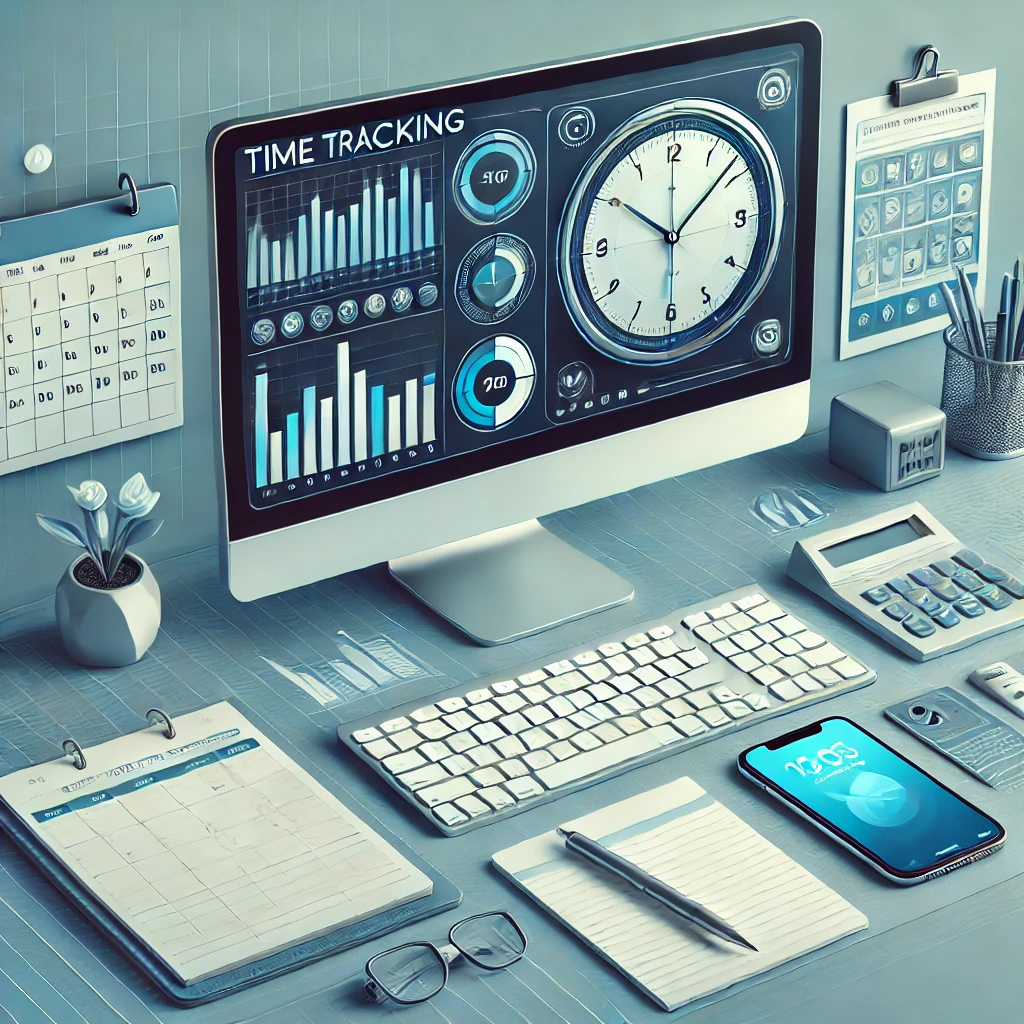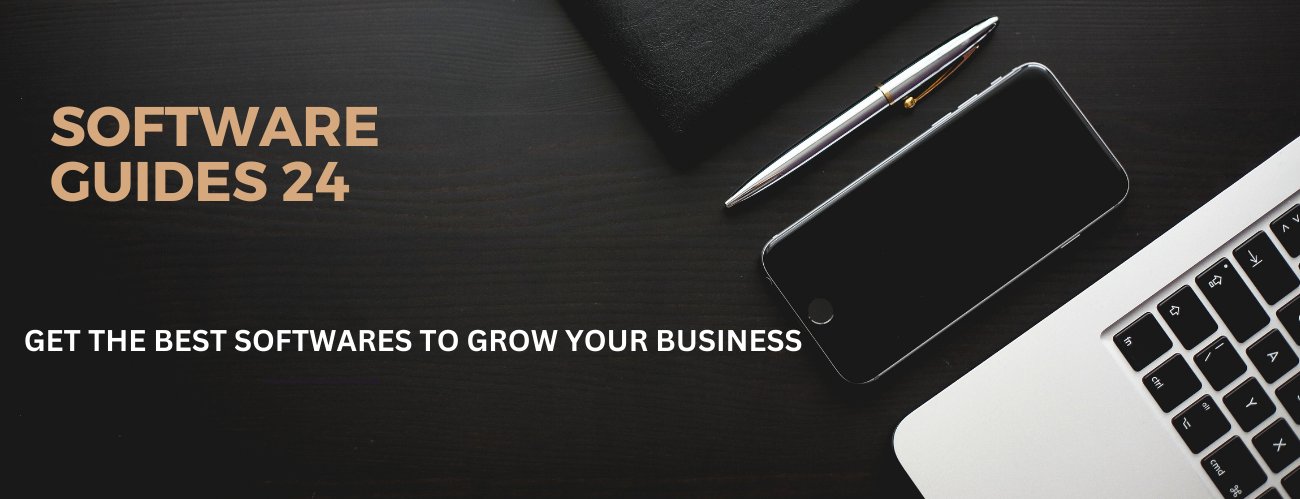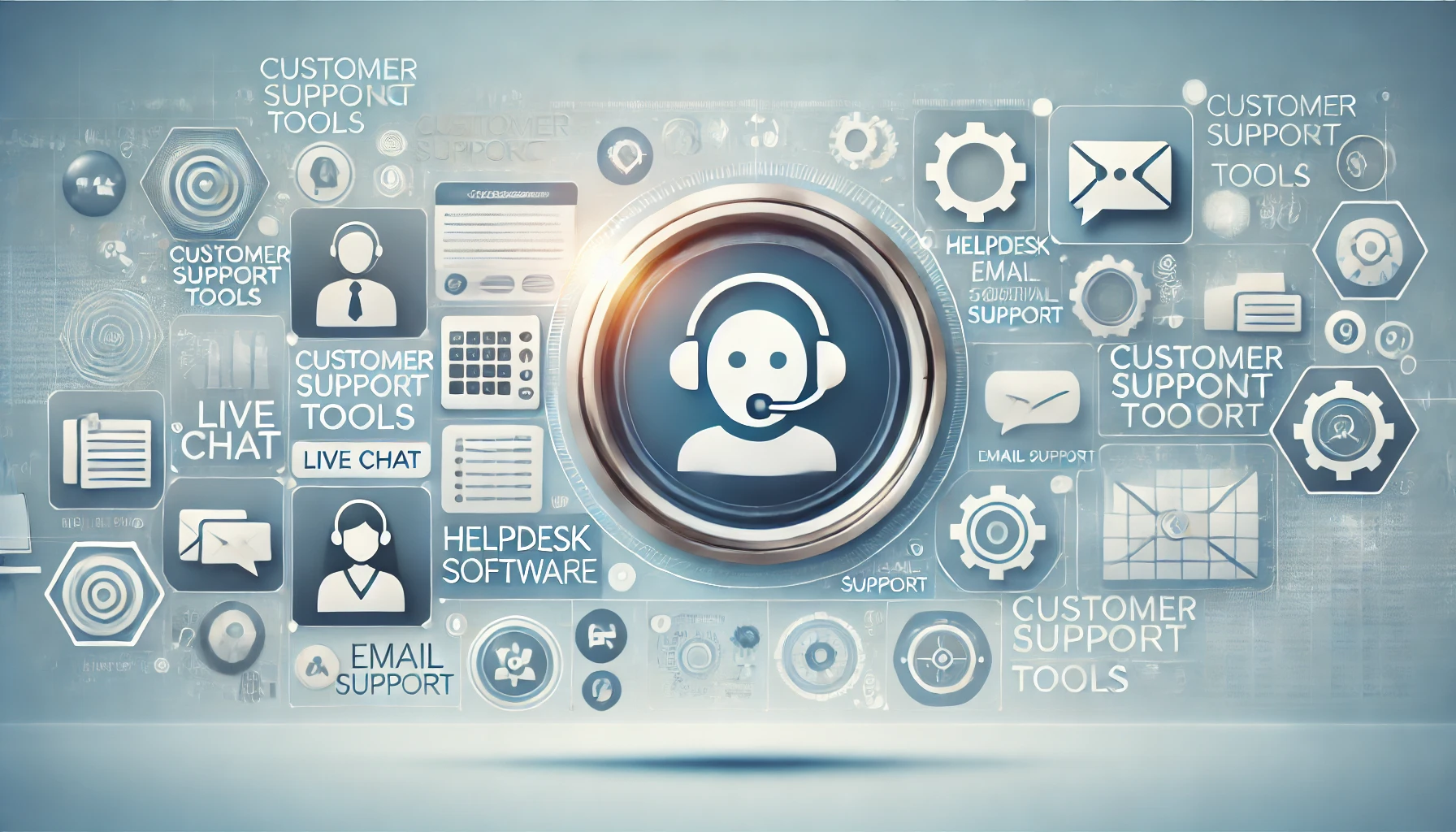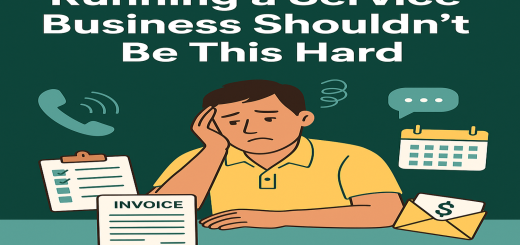Time Tracking Software: Boost Productivity and Efficiency
Time Tracking Software
Time is money, and in today’s fast-paced business world, tracking it effectively can be a game-changer. Whether you’re managing a bustling corporate office, running a small business, or working as a freelancer, knowing exactly how your time is spent is essential for success. That’s where time-tracking software steps in. This guide will explore everything you need to know about time-tracking software, from its features and benefits to the best tools and implementation strategies.
What is Time Tracking Software?
Time tracking software is a digital tool designed to monitor, record, and analyze how time is spent on various tasks and projects. It helps businesses and individuals stay organized, boost efficiency, and optimize resource allocation.
Key Features to Look For:
- Ease of Use: A simple, intuitive interface ensures high adoption rates.
- Automation: Automated tracking minimizes manual effort.
- Detailed Reports: Insights into productivity trends and time allocation.
- Integrations: Compatibility with existing tools like project management systems and payroll software.
Why is Time Tracking Software Important?
Enhancing Productivity
Tracking time reveals how much effort goes into specific tasks, helping employees prioritize their workload and eliminate inefficiencies.
Streamlining Billing and Invoicing
Accurate time logs ensure that clients are billed correctly and fairly, improving trust and streamlining financial processes.
Tracking Project Progress
Time-tracking tools help project managers monitor deadlines, resource usage, and deliverables, ensuring projects stay on track.
Key Features of Effective Time-Tracking Software
An ideal time-tracking solution should include the following:
- Real-Time Tracking: Track activities as they happen to eliminate guesswork.
- Customizable Reporting: Generate reports tailored to your needs, such as task-based or time-period analyses.
- Integrations: Seamlessly integrate with tools like Slack, Trello, or QuickBooks.
- Mobile Access: This allows users to track time from anywhere.
Types of Time Tracking Software
Understanding the types of time-tracking software helps in selecting the right fit:
- Manual Time Trackers: Require users to start and stop timers manually.
- Automatic Time Trackers: Use AI to log time spent on various applications and tasks.
- Standalone Tools: Focus solely on time tracking.
- Integrated Systems: Combine time tracking with project management or accounting tools.
- Industry-Specific Solutions: Tailored for unique workflows like construction or healthcare.
Top Benefits of Using Time Tracking Software
- Improved Productivity: By identifying bottlenecks, teams can work smarter.
- Accurate Billing: Avoid disputes with detailed, timestamped records.
- Better Project Management: Stay within deadlines and budgets.
- Insightful Analytics: Gain actionable insights into how time is utilized.
- Workflow Transparency: Build trust through clear documentation of work hours.
How to Choose the Best Time Tracking Software for Your Business
Selecting the right time-tracking software can feel overwhelming, especially with so many options on the market. Here’s how to narrow down your choices:
1. Assessing Your Needs
- Identify your primary goals: Is it for project management, payroll accuracy, or improving employee productivity?
- Consider team size and complexity of workflows.
2. Considering Scalability
- Ensure the tool can grow with your business.
- Look for features that accommodate increased users, tasks, and integrations as your organization expands.
3. Evaluating Cost and ROI
- Compare subscription costs and decide between free, freemium, or paid models.
- Calculate potential ROI by factoring in time saved and increased efficiency.
4. Checking Customer Reviews and Support
- Read user reviews on platforms like G2 or Capterra.
- Test customer service responsiveness through trial versions or inquiries.
Top Time Tracking Software Solutions
Here are some of the best tools available:
1. Toggl Track
- Pros: Simple, user-friendly interface, excellent reporting features.
- Cons: Limited advanced functionalities in the free plan.
2. Clockify
- Pros: Free plan available for unlimited users, robust integrations.
- Cons: UI can feel overwhelming for beginners.
3. Hubstaff
- Pros: Strong focus on remote team management, and GPS tracking for field teams.
- Cons: May feel invasive to some users.
4. Harvest
- Pros: Combines time tracking with invoicing, great for freelancers.
- Cons: Limited customization options for larger teams.
5. Time Doctor
- Pros: Comprehensive tracking, and idle time detection.
- Cons: Requires regular manual inputs for optimal accuracy.
Best Practices for Implementing Time Tracking Software
Introducing new tools can sometimes face resistance. Follow these best practices to ensure a smooth implementation:
1. Setting Clear Goals
- Define specific outcomes like reducing project overruns or improving billing accuracy.
- Share these goals with your team for transparency.
2. Training Employees
- Offer workshops or tutorials to familiarize the team with the software.
- Address concerns proactively to increase acceptance.
3. Encouraging Consistent Usage
- Regularly remind team members to use the tool.
- Integrate rewards or incentives for consistent tracking.
4. Reviewing and Refining Processes
- Periodically analyze reports to identify inefficiencies.
- Adjust workflows based on the data insights.
Challenges of Using Time Tracking Software
No system is perfect. Here are some challenges businesses may face:
1. Resistance from Employees
- Employees may feel the software invades their privacy.
- Solution: Emphasize how it benefits them, such as streamlining tedious tasks.
2. Data Security Concerns
- With sensitive data involved, breaches can be a risk.
- Solution: Opt for software with strong encryption and compliance certifications.
3. Over-Tracking and Micromanagement Risks
- Excessive monitoring can reduce morale.
- Solution: Focus on outcomes rather than minute-by-minute activities.
Integrating Time Tracking Software with Other Tools

To maximize efficiency, integration is key. Here’s how time-tracking software can work with other tools:
1. Project Management Systems
- Integrations with tools like Asana or Monday.com allow seamless tracking of task durations and deadlines.
2. Payroll Software
- Automatically sync tracked hours with payroll systems to streamline compensation processes.
3. Communication Platforms
- Sync with Slack or Microsoft Teams to provide updates on work progress or deadlines.
Time Tracking Software for Remote Teams
With remote work becoming the norm, time-tracking software is invaluable.
Key Features to Prioritize:
- Flexibility: Support for various time zones.
- Task Tracking: Detailed logs for accountability without micromanagement.
- Collaboration: Built-in tools for sharing progress and communicating updates.
The Future of Time-Tracking Software
The evolution of time-tracking software shows no signs of slowing.
1. Automation and AI
- Future tools will predict time estimates and automatically categorize tasks.
2. Enhanced Reporting and Predictive Analytics
- Detailed insights will allow for more proactive decision-making.
3. Mobile-First Solutions
- As mobile workforces grow, apps will become more powerful and user-friendly.
Conclusion
Time-tracking software isn’t just a tool—it’s a strategic investment that helps businesses and individuals make the most of their time. Whether you’re aiming to streamline operations, boost productivity, or ensure fair billing, these tools can transform how you work. By choosing the right software and implementing it effectively, you can stay ahead in a competitive landscape.
FAQs
1. What is the best time-tracking software for small businesses?
Toggl and Clockify are excellent for small businesses due to their affordability and intuitive interfaces.
2. Can time-tracking software improve employee accountability?
Yes, it promotes transparency and helps employees understand how they spend their work hours.
3. How secure is time-tracking software?
Most modern tools use encryption and adhere to data privacy regulations, but always verify security features before choosing.
4. Is time-tracking software suitable for freelancers?
Absolutely. Tools like Harvest and Toggl help freelancers track billable hours and generate invoices.
5. What are the common pitfalls to avoid when using time-tracking tools?
Avoid micromanaging, ensure proper training, and select a tool that aligns with your specific needs.



